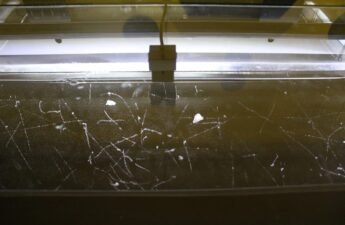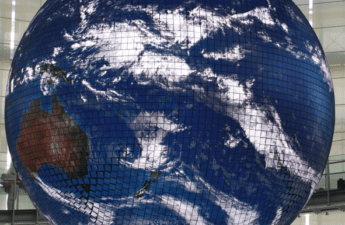During my trip to Chile, I visited part of Andes Mountain Range close to Santiago, Chile’s capital. In this post is shown sights of the world’s most extensive mountain chain.
Andes Formation
Andes Mountain Range appears with convergent movement of Nazca and South American tectonic plates. In this subduction, Nazca plate goes down and South American plate is pushed to above forming a mountain chain.

To know how these plates move, click in the button below.
Mountain at east of Santiago
At the east of Santiago, getting Camino a Farellones road. There are nice sights with mountains. In this path, you pass through Cometierra and Corral Quemado. This area has many ski stations which work during winter.




An isolated church.

Since it is an isolated area, are used photovoltaic solar panels to provide energy to lamps during night.

This is Mapocho river, it born from the confluence of San Francisco and Molina rivers. The Molina river comes from thaw of Cerro El Plomo of Andes Mountain Range and San Francisco river comes from mountains of Yerba Loca. Mapocho river cross the center of Santiago.

Due to dry climate, there are many cactus in road and mountains.

Cajon del Maipo
At Southeast of Santiago, the Cajon del Maipo is an ecotourism region where are made open air activities like: rafting, camping, picnics, etc. These are some sights of this region at Camino Al Volcán road.




The mountains of Cajon de Maipo are rich in stones, allowing construction of quarries.


The “lines” in these mountains are caused by motion of South American and Nazca plates.


This is the Maipo river, born in east side of Maipo volcano at 5523 meters of altitude. Has 250 km length, it’s tributaries are Colorado, Yeso and Volcán rivers. This river’s water comes from thaw.

Maipo river seen from bridge of El Engenio estuary.

Arm’s square of San José del Maipo commune. This commune has more than 18,000 inhabitants, 4994.8 km² area and is 46 km from Santiago.

El Tinoco railway tunnel, stays close to San Afonso locality.




